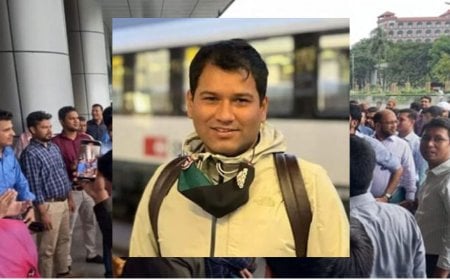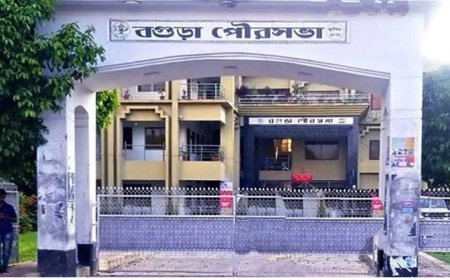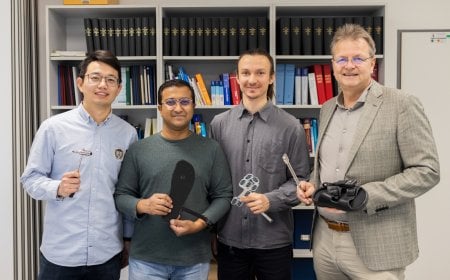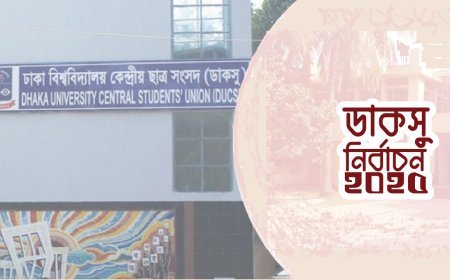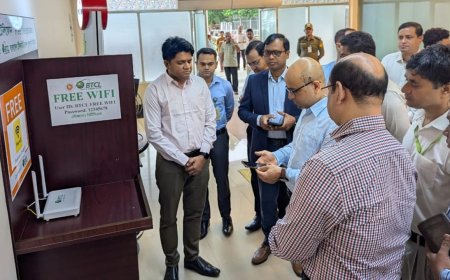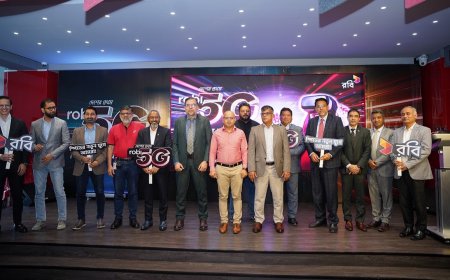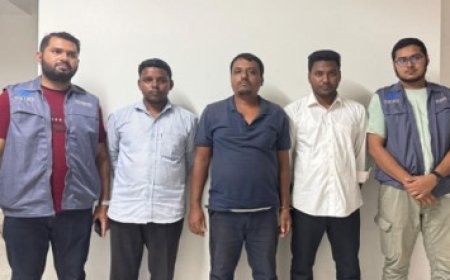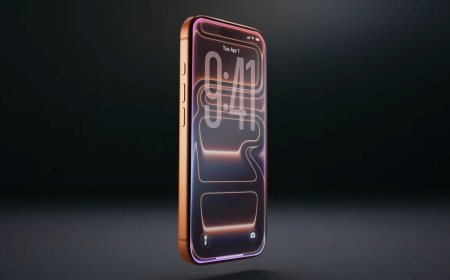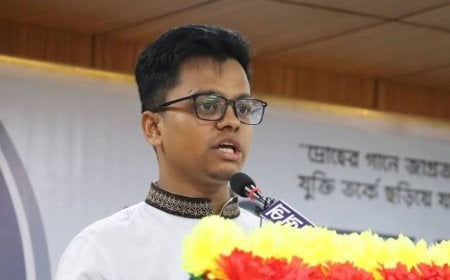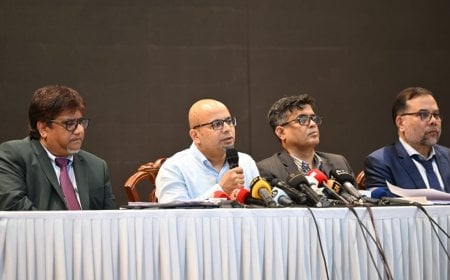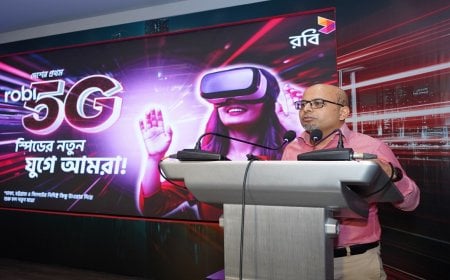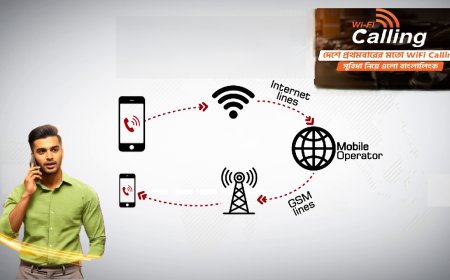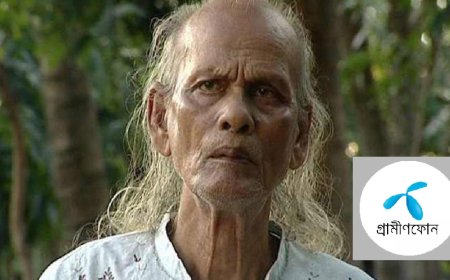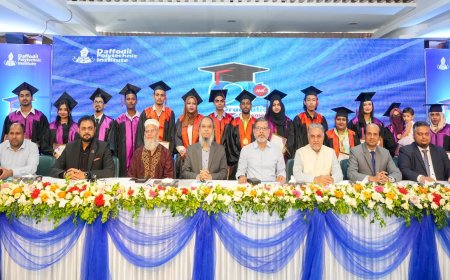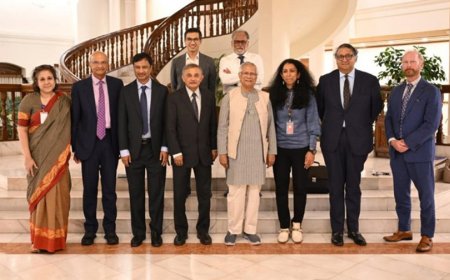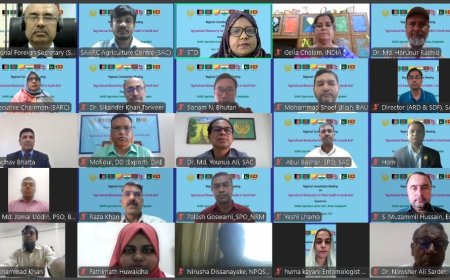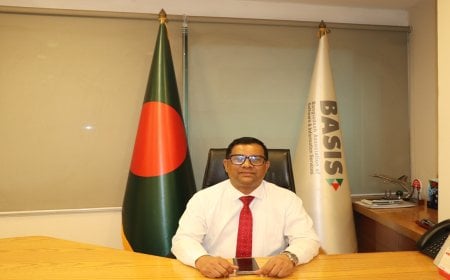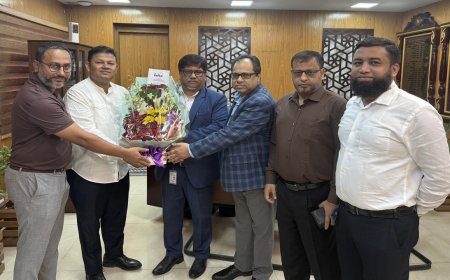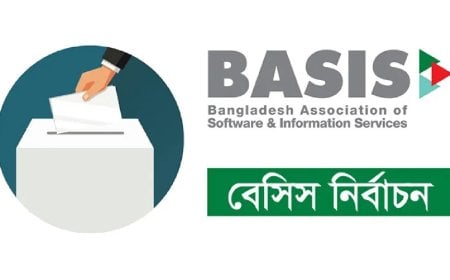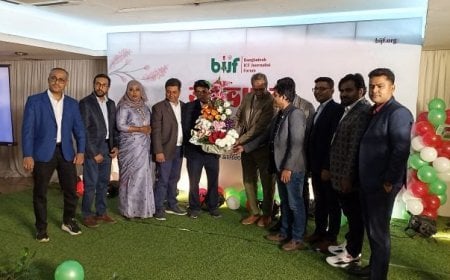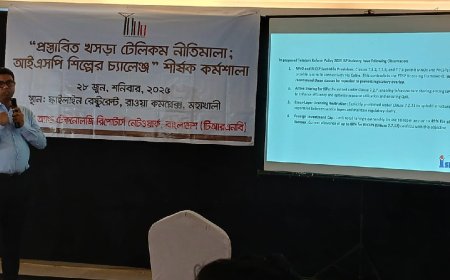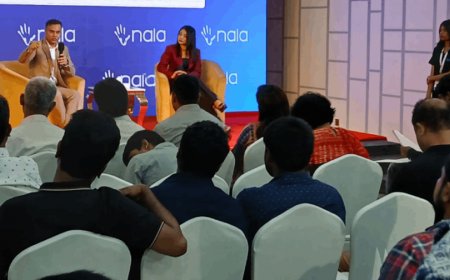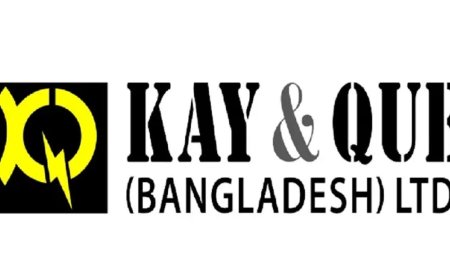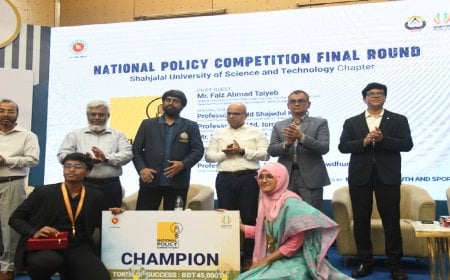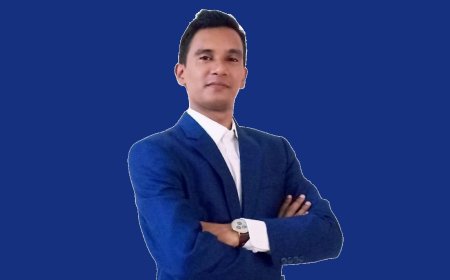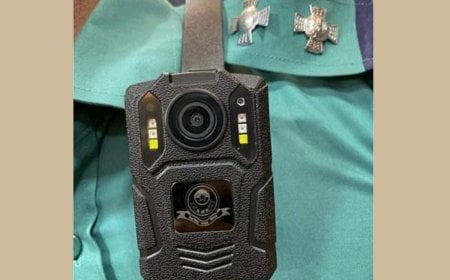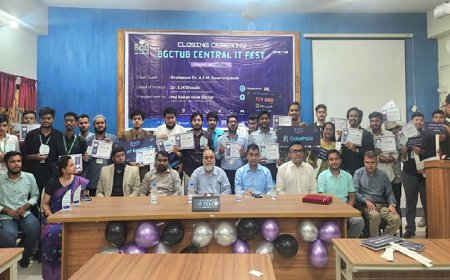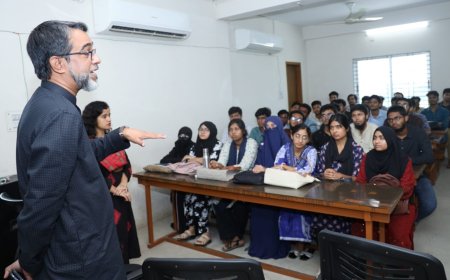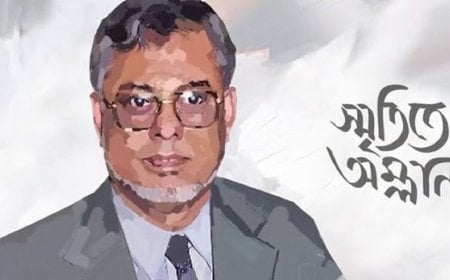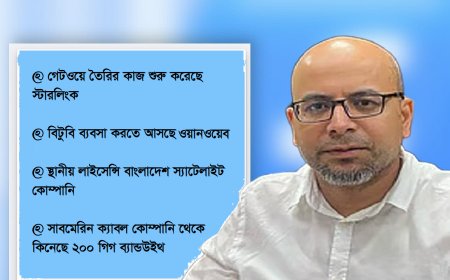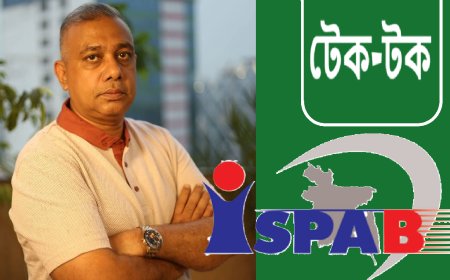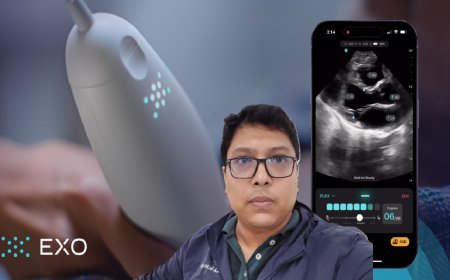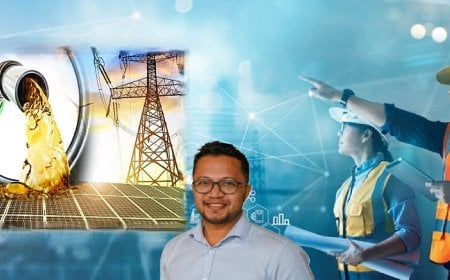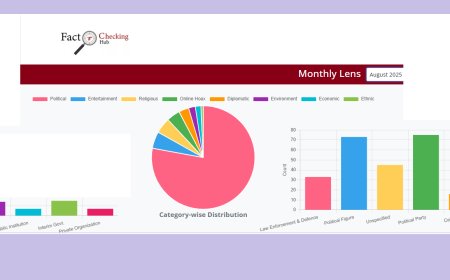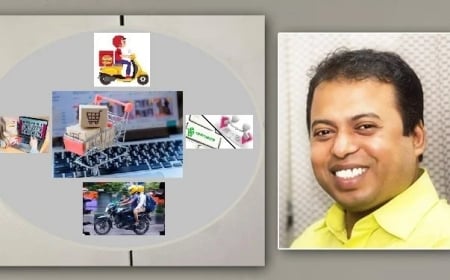BUET’s NeoScreenix Team – Pioneering AI-Based Breast Cancer Screening from Bangladesh
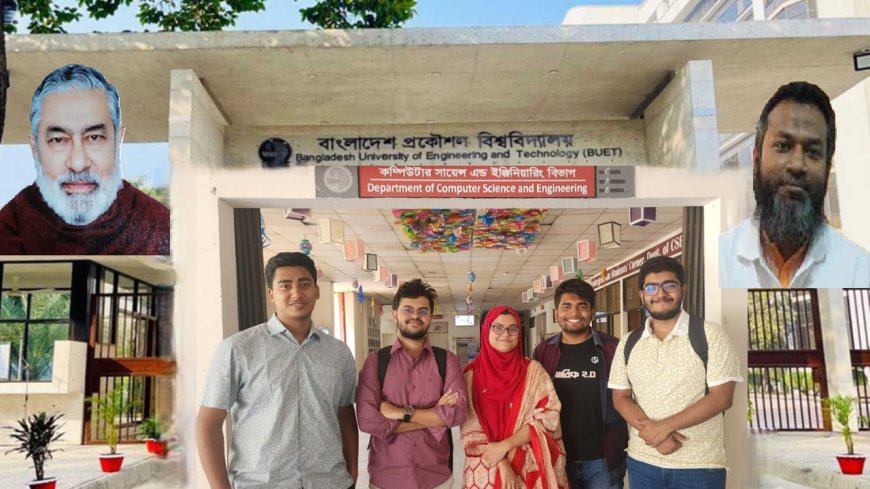
Beating over 440 teams from more than 200 prestigious universities including MIT, Harvard, Stanford, and Caltech, Bangladesh University of Engineering and Technology (BUET) has secured first place in an international innovation competition. As a reward, the team won USD 5,000—approximately BDT 600,000—though they have yet to receive the prize money. Consequently, the real-world implementation of their technology remains pending. For now, BUET’s globally recognized young inventors—team Neoscreenix—are looking toward funding opportunities. The team is on track to establish a groundbreaking milestone for Bangladesh in the field of wearable public health technology.
Already, Neoscreenix has developed an AI-powered mobile app capable of detecting breast cancer through smartphone image analysis, opening new doors for advancing public health. All five members of the team are students of BUET’s Department of Computer Science and Engineering. The brilliant quintet behind this innovation includes Fahmida Sultana, H.M. Shadman, Sadatul Islam, Md. Hasnain Adil, and Prithu Anan. They triumphed in the “Digital Health Track” category of the Bioengineering Innovation and Design competition held in the United States, organized by Johns Hopkins University. The team was mentored by BUET’s Professor of Computer Science and Engineering, Dr. Md. Sohel Rahman.
With this innovation, women can now self-screen for potential signs or early symptoms of breast cancer from the comfort of their homes. The team presented the entire project before the judges via an online platform on April 12—clinching the unexpected global victory while remaining on home soil. According to Neoscreenix, their future plans are grounded in the socio-economic realities of Bangladesh. For now, they are working tirelessly to raise awareness about breast cancer among rural women and to make the technology more accessible.
Most recently, on May 9, the Neoscreenix team met with expert physicians from the Public Health Association of Bangladesh to discuss the innovation. The virtual meeting was chaired by the Association’s President, Dr. Abu Jamil Faisal, and included Professor Dr. Shahidullah of the Oncology Department at Bangladesh Medical University, and biotechnologist Md. Mahmud. A follow-up meeting has been scheduled for May 15.
In response to this innovation, Dr. Palash Chandra Banik, Associate Professor at the Non-Communicable Disease Department of Bangladesh University of Health Sciences, remarked, “I’m overwhelmed by this innovation. In truth, we are significantly behind in health science research, and funding is a critical issue. This initiative deserves much more public and private support. I wish them the very best in their future endeavors.”
To further explore what the winning team is currently working on and how experts perceive their innovation, this online interview was conducted by S.M. Imdadul Haque, Executive Editor of DigiBanglaTech.news.
A few pointed questions were also asked to Dr. Abu Jamil Faisal, President of the Public Health Association of Bangladesh, regarding the innovations of these young Bangladeshi inventors.
He stated, “They now require investment to procure the necessary hardware components for development. At the same time, ethical use of AI and government partnership in implementation are essential. After earning recognition from an institution like Johns Hopkins University, both we and the Cancer Care Foundation have decided to stand by them in launching a pilot project. From our discussion with the team, it appears that they would need approximately BDT 250,000 per month. I believe that with an initial investment of BDT 500,000, they can make meaningful progress.”
Q: How does this technology detect breast cancer?
Dr. Abu Jamil Faisal: The team has already developed an app. Now, the hardware prototype needs to be moved into a practical phase. The device resembles a handheld shower. A woman can use it herself to take internal images. Built-in AI within the device processes the data. The device projects LED light and, through mild shocks, captures internal images of breast tissue to detect lumps. The hollow, breast-shaped tip captures internal visuals—not actual images of the breast—and the app offers recommendations about whether to consult a doctor.
Now, to move this forward, the team needs funding—for device production, AI training, dedicated data servers, and to handle legal compliance with authorities like the Directorate General of Drug Administration (DGDA). They also need to overcome the challenge of voluntary adoption among women. Wearable medical tech of this kind is rare globally. Existing products could be sourced for comparison and further innovation.
Q: How did the idea of early breast cancer detection using mobile photography come about?
Fahmida Sultana: The inspiration came from a close relative’s cancer journey—diagnosed at stage three. She used to say, “If only I had known earlier.” That moved me. I later found that adult women should regularly do self-tests. In developed countries, there is awareness, but here in developing regions, that awareness is missing. I shared the idea with my friends, and together we explored how we could build a simple, early-stage cancer screening tool using technology.
Q: How did NeoScreenix form, and what’s the meaning behind the name?
We named our team “NeoScreenix” to reflect our solution: a new (Neo) way to screen (Screen) breast cancer using innovative (ix) technology.
Q: What was the biggest challenge in the competition, and how did you overcome it?
We competed in the Digital Health Track, where we had to present a feasible, end-to-end proposal. This included technical specs for the hardware, a business model, and implementation strategy. Each team member brought unique expertise—Fahmida led the planning and presentation; Hasnain worked on the user interface; Sadi handled backend programming; Shadman built the AI model; and Prithu developed the screening hardware. We also got medical research support from Jarin Tasnim (Dhaka Medical College) and Ribatul Islam (Rangpur Medical College). Prof. Dr. Md. Sohel Rahman from BUET supervised the entire research.
Q: You beat nearly 440 teams from over 200 top global universities—including MIT, Harvard, and Stanford—to win this. Who did you see as your toughest competitors, and what do you consider your strengths and weaknesses?
We didn’t focus on specific competitors. Our goal was to give our best. All finalists had incredible ideas, and honestly, we never imagined we’d emerge as the best among the best.
Q: Has the device or software undergone any pilot testing?
Shadman: Not yet. We participated in the Digital Health Track, where we proposed a software-based solution along with a complementary device. Our software pipeline is complete and ready. Judges were highly impressed with our presentation. But we haven’t piloted the device yet due to lack of funds. With the right funding, we can begin pilot testing very soon.
Q: What’s the estimated cost for piloting?
We’ve roughly estimated that for launching the app, we’d need at least ৳35,000 per month. The hardware cost is still under assessment.
Q: Are you planning to brand Bangladesh with this innovation? What’s next for you?
Our immediate priority is fully developing the hardware kit. For that, institutional funding is essential. After clinical testing, we want to make this accessible to the masses. That’s our ultimate goal.
Q: Given that 70% of Bangladeshis still use feature phones, how will you reach them?
We believe once the hardware is developed, those issues can be addressed. A key barrier now is piloting and gathering data with the device. With adequate funding, rapid hardware development and testing is feasible.
Q: How do you view the challenges and possibilities of health tech research in Bangladesh?
We are already engaged in health-related research. The biggest national barrier is the lack of incentives for R&D. Our project spans hardware, software, AI, and requires mass participation. So, funding and time are essential. If domestic and international sponsors support us with promising funding, we’re committed to taking this project to full implementation.




